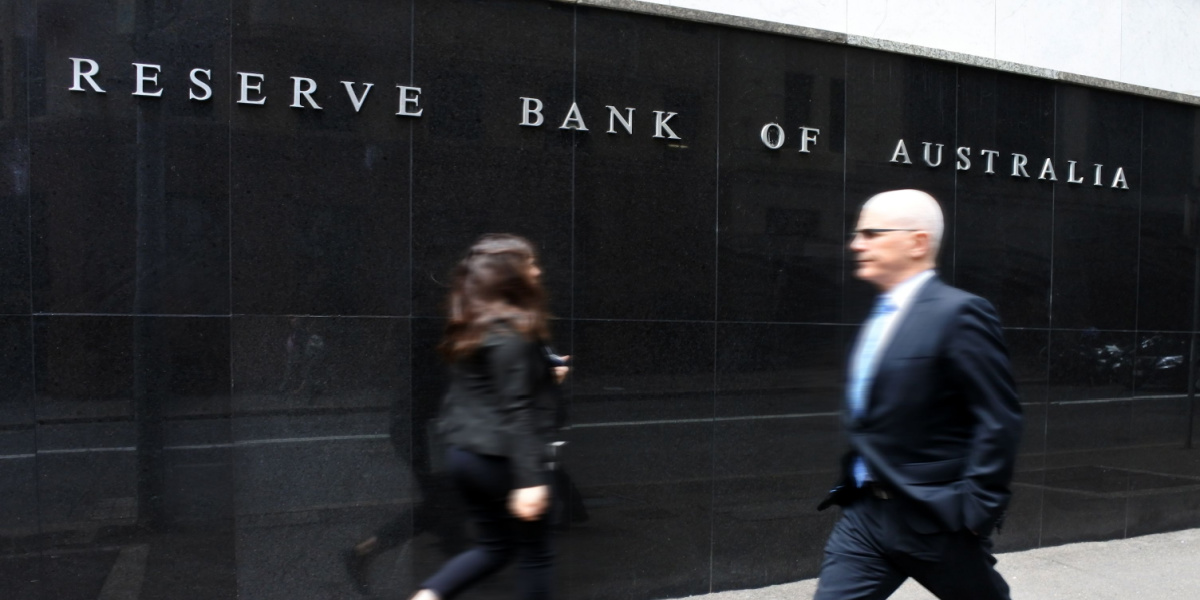
Over the past year the property market within Australia has experienced incredible demand. This buying frenzy has seemingly stalled for the moment, in a direct response to the increase in interest rates. With all households feeling budgetary pressure, how is the Reserve Bank of Australia (RBA) charting a path back to a reasonable inflation rate?
Our current predicament
After hinting at a potential hike in April, the RBA increased interest rates in May for the first time in more than 11 years. From this point in time, interest rates have continued to grow with the current cash rate sitting at 1.35%, as of the 6th of July.
When this increase was announced, the RBA Governor of Monetary Policy Decision, Philip Lowe, released the following statement , “Global inflation is high. It is being boosted by COVID-related disruptions to supply chains, the war in Ukraine and strong demand which is putting pressure on productive capacity. Monetary policy globally is responding to this higher inflation, although it will be some time yet before inflation returns to target in most countries.”
Economists are anticipating that the cash rate will continue to increase, forecasting a high of 3.35% in either late 2022 or early 2023.
What is the Reserve Bank doing?
The RBA appears committed to ensuring that the current peaks we are experiencing are only temporary. This resolve comes from a desire to avoid the inflation spikes felt across the world back in the 1970’s. To do so, the RBA must walk a fine line, as they manoeuvre the levers at their disposal to control demand.
Philip Lowe addressed this in a recent speech to the Australian Strategic Business Forum 2022, “The policy challenge for the RBA is to return inflation to the 2–3 per cent target range while, at the same time, keeping the economy on an even keel. We don't need to return inflation to target immediately, as we have long had, for good reasons, a flexible medium-term inflation target. But we do need to chart a credible path back to 2–3 per cent. We are seeking to do this in a way in which the economy continues to grow, and unemployment remains low.”
Sustainability is the key
To avoid entering into a self-reinforcing cycle of increased inflation, thanks mainly to wage increases, or a recession, sustainability is essential. Whilst the RBA focus on their ideal inflation target range, homeowners are watching with keen interest to see what will happen next. Currently around one-third of all households have housing debt, but the RBA believe homeowners are in a good position to handle interest rate increases.
“Most households have substantial equity in their housing assets, and lending standards in recent years have been more prudent and have built in larger buffers for interest rate increases. Much of the debt is held by high-income households that have the ability to service their debt and many borrowers are already making repayments well above what is required. Furthermore, those on very low fixed-rate loans have some time to prepare themselves for higher interest rates,” explained RBA Deputy Governor, Michele Bullock, to the ESA (QLD) Business Lunch on the 19th of July.
Only the next few months will tell how successful the RBA are in stabilising inflation back within its target range.



